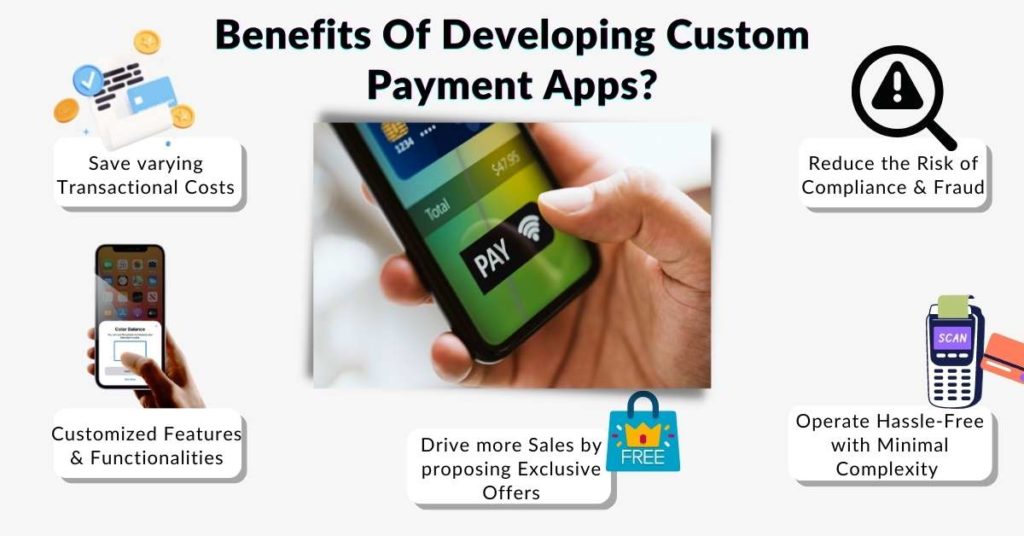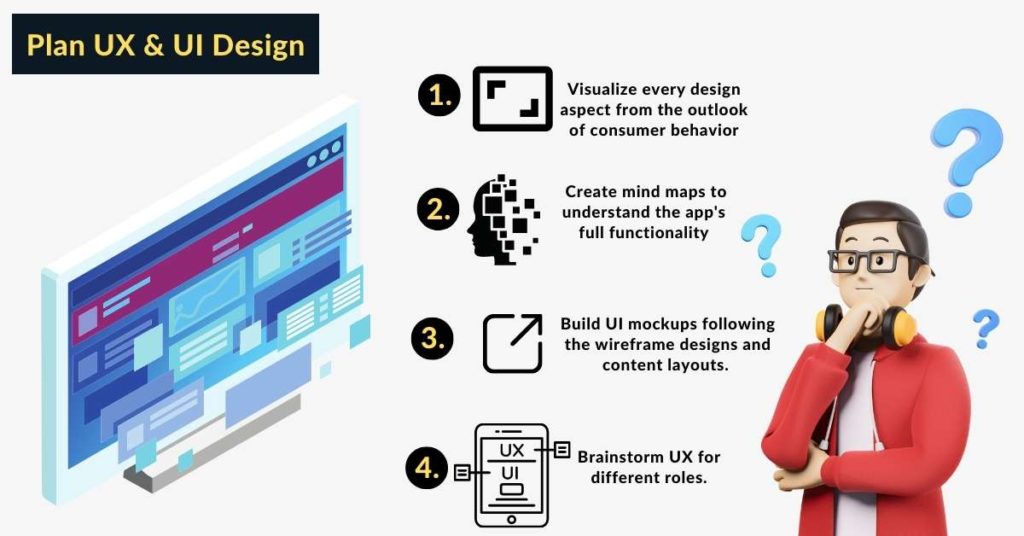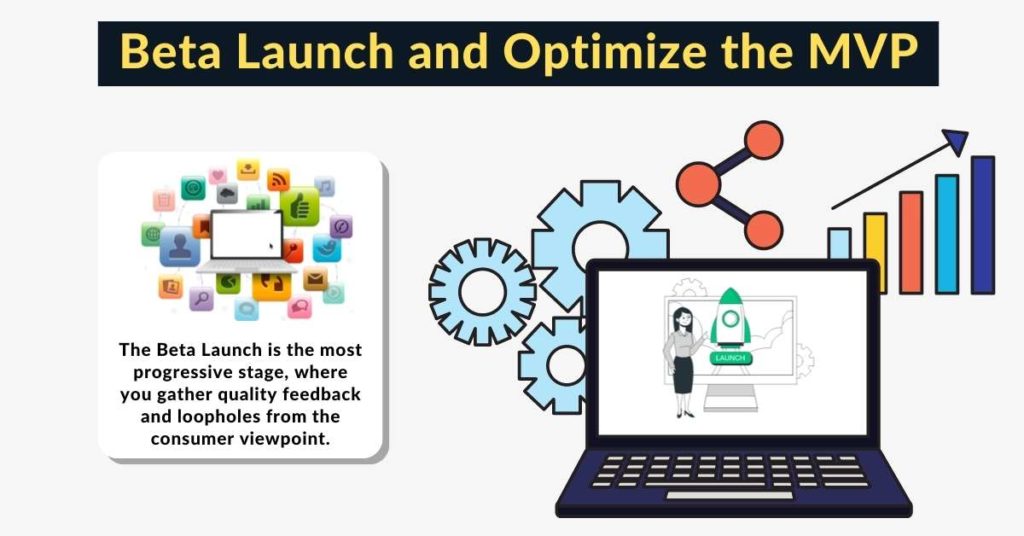TheWebAppMarket presents a list of verified websites working to provide real authenticated instagram followers and many other services to boost your Social Media.
Continue Reading The Ultimate sites to buy real Instagram followers in 2023
Amidst the pandemic, there is a massive inclination toward cashless and contactless payments across the globe.
Here’s what the numbers say.
These numbers signify the surge in demand to develop payment apps in industries – BFSI, Retail, eCommerce, Transportation, Healthcare, and Media. So let’s get into the depth of payment apps.
Payment apps are simply mobile-based applications that enable consumers to receive and transfer money securely.
Examples: Google Pay, Apple Pay, and Amazon Pay.
Unquestionably, these apps have become a part of consumers’ daily life. They facilitate an easy-to-understand interface to perform electronic transactions at their fingertips.
Third-party payment apps are cost-efficient and take no time to set up.
In addition, the convenient and smooth usage lets consumers quickly adapt to other evolving mobile payment apps. This is why businesses across all industries are launching custom payment apps.

Different businesses have specific requirements and consumer segments that demand personalization, scalability, plus advanced security—a gap that custom apps fill up.
On top of it, with custom apps, businesses –
Besides, custom payment apps remove third-party dependencies, streamline payment processing, and build strong credibility.
Here’s a 9-step process to develop a custom payment app.
It includes deep research—from the problem statement to understanding the target audience, market, and technical aspects. Here’s a gist.
Describe the below-mentioned crucial metrics end to end:
Visualize every design aspect from the outlook of consumer behavior (individual and corporate users) and administrators. Create mind maps to understand the app’s full functionality (sequential processes) and brainstorm UX for different roles.

Your design team must build UI mockups following the wireframe designs and content layouts.
On the whole, devise a complete design prototype illustrating the role-based journey from source to destination implementing different use cases.
Define the payment technologies and must-have functionalities to develop the MVP. Ensure the selected tools, platforms, frameworks, integrations, and associated components correspond to your app’s requirements and vision.
The Core Full-Stack encompasses:
Qualify PCI-DSS requirements in the country/region before launching your app.
It is a must to attain the license to validate that your app is fully compliant with current regulations. This will help you to handle security and legal concerns. In addition, the PCI-DSS certificate will foster trustworthiness in the marketplace.
It takes a substantial time to complete the development, integration, deployment, and testing sprints. As a key stakeholder, you must constantly indulge with the development team until final production and deployment.
From UX and UI to testing the database and functional modules, review rounds incorporate User Acceptance Testing (UAT) before beta launch. Notably, the test includes consumer and administrator roles to experiment with the interconnected payment operations.
The Beta Launch is the most progressive stage, where you gather quality feedback and loopholes from the consumer viewpoint.

It is a process of building the MVP where you launch the product with a specific and small segment of users. These are your beta users (domain proficient) who test the payment app and share user experience.
Accordingly, filter them out with product owners and optimize the MVP before the final launch.
On accomplishing the above steps, roll out the app for your target audience and consistently monitor performance.
Incorporate OTA (Over-The-Air) updates to the payment app to identify and fix bugs and release the upgraded MVP version.
It is a long-term, iterative process that demands app maintenance periodically with evolving market trends.
By now, you must have understood the ins and outs of custom payment apps. Currently, the fintech trend across all industries is booming at its peak. So leverage the ongoing rapid digital transformation and head to build your custom payment app.
TheWebAppMarket presents a list of verified websites working to provide real authenticated instagram followers and many other services to boost your Social Media.
Continue Reading The Ultimate sites to buy real Instagram followers in 2023
The 11 Most Innovative Apps for Remote Working In 2023 improve your work efficiency with unique features that make your life easy!
Continue Reading The 10+ Most Innovative Apps for Remote Working In 2023
TheWebAppMarket is back with amazing apps that the developer in you would love to use. Read below to know about the top note-taking apps for developers in 2023.
Continue Reading 10+ Free Note Taking Apps For Developers Must Have in 2023
The WebAppMarket is back with amazing video editing websites you would love to use. Give a try to these best video editing websites available today to give your footage a professional look.
Continue Reading 10+ Best Free Video Editing Software Platforms in 2023 with TheWebAppMarket
TheWebAppMarket brings amazing websites and tools that you need in your daily life but don’t know about! Increase your productivity and creativity with these over-the-top websites!
Continue Reading 10 Cool & Interesting Websites that you won’t believe exist in 2023
TheWebAppMarket presents apps that will help you organize your ideas, regulate your expenses and handle daily business activities like a pro.
Continue Reading Top Mobile Apps that Assist in your Daily Business Activities in 2023
With our in-depth guide, learn more about the DevOps industry. Learn about the culture, practises, technologies, automation, and advantages of DevOps. Immerse yourself with continuous integration, delivery, and monitoring. Learn about successful DevOps…
Continue Reading Quick Guide: Exploring the Lifecycle of Software Development
Discover how online communication, from email to social media, is changing both personal and professional connections by exploring its transformative journey. Discover the breakthroughs and difficulties that lie ahead, from enhancing platform integration…
Continue Reading Online Communication: The Evolution and Impact of Online Communication
Use software that enhances the visitor experience to grow your vacation rental business. Improve guest happiness by streamlining check-ins, preventing property damage, and streamlining communication. Learn how automation and intelligent technologies can benefit…
Continue Reading Guest Experience Software: Turbocharge Your Vacation Rental Business
With these 5 game-changing marketing methods, your startup can experience unmatched growth. Learn how customer-focused retention, A/B testing, multi-channel strategies, and data-driven decisions can take your company to new heights. Improve the success…
Unlocking E-Commerce Excellence: Explore the Advantages of OpenCart, a versatile platform for business growth. Learn about customization, extensibility, and real-world success stories. Discover the future of e-commerce with this quick guide.
Continue Reading OpenCart: Navigating Excellence in E-Commerce Development
Innovative online apps created to improve your learning process will open up a world of educational possibilities. These apps revolutionise how you take in information and digest it, from interactive note-taking tools to…
If you’ve got a physical store and are planning to switch or grow as an ecommerce business, FatBit solutions knows just to launch you with bang.
Continue Reading Glorium Technologies Company Profile – The Best App & Software Development Company
Softermii is a full-cycle product development company with in-depth expertise in innovative software. Their team implements technology while being focused on your business goals and working in close cooperation with the customer.
Continue Reading SOFTERMII Company Profile – Unique Software Development Company
TheWebAppMarket presents Miquido, one of the top app development companies offering the best web and mobile services, check out their verified profile with WAM
Continue Reading Dot Com Infoway Company Profile – Top Mobile App Marketing Company
TheWebAppMarket presents Miquido, one of the top app development companies offering the best web and mobile services, check out their verified profile with WAM
Continue Reading Miquido Company Profile – Top Mobile App Development Company
Looking for a flexible and tangible result for your app? Check out the verified profile of Inoxoft Company by TheWebAppMarket and find out all about them.
Continue Reading Inoxoft Company Profile – Top Mobile App Development Company
Being a part of Forbes 30 under 30, Atta.systems is one of the most trusted mobile app development companies. Check out the verified profile of Atta.systems by TheWebAppMarket and find out all about…
Continue Reading Atta.Systems Company Profile – Top Mobile App Development Company
Discover Kith+Kin, the empowering app designed to revolutionize health management and caregiving. Organize, store, and share vital health information securely while collaborating seamlessly with your trusted circle. Take charge of your loved ones’…
Continue Reading Kith+Kin – Your Ultimate Health Management Companion
Unlock the future of scientific writing with wisio.app – the AI-powered platform trusted by thousands of scientists worldwide. Elevate your research with context-based suggestions, language translation, and the inspiring Magic Mode. Simplify and…
Continue Reading wisio.app: Your Ultimate Scientific Writing Partner for Excellence!
Utilize the Smart Meditation app to relax and find inner peace. Find peace in your daily life, lessen stress, and focus better. Utilize cutting-edge AI to tailor your meditation practice and discover the…
Continue Reading Smart Meditation: The Ultimate Path to Inner Power
Boost productivity and stay organized with Brite, the ultimate daily planner app. Manage tasks, track goals, schedule events, and collaborate seamlessly. Available on the web, iPhone, iPad, Mac, and Apple Watch. Upgrade for…
Track, rate, and review your favorite TV shows. Join the conversation. With a lively community of 10k+ daily active users, Serializd is the best place to discuss the latest “Succession” episode or find…
Master the stock market with UpDown – Play Investing app. Engage in trading battles, predict stock prices, and learn from real market data. Compete in seasonal challenges and seize investment opportunities.
Continue Reading UpDown – Play Investing: Excellent App to Empower Your Virtual Investments